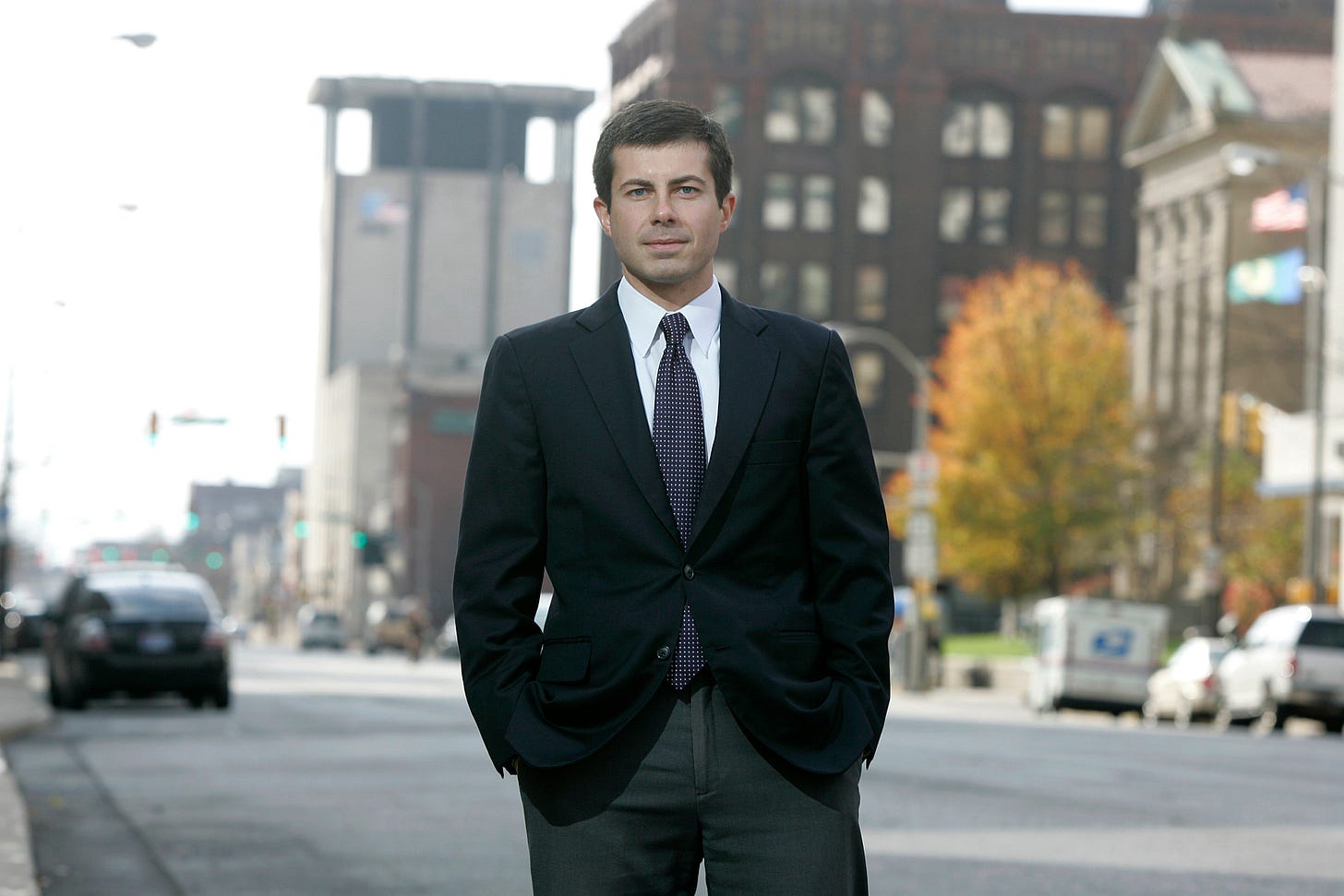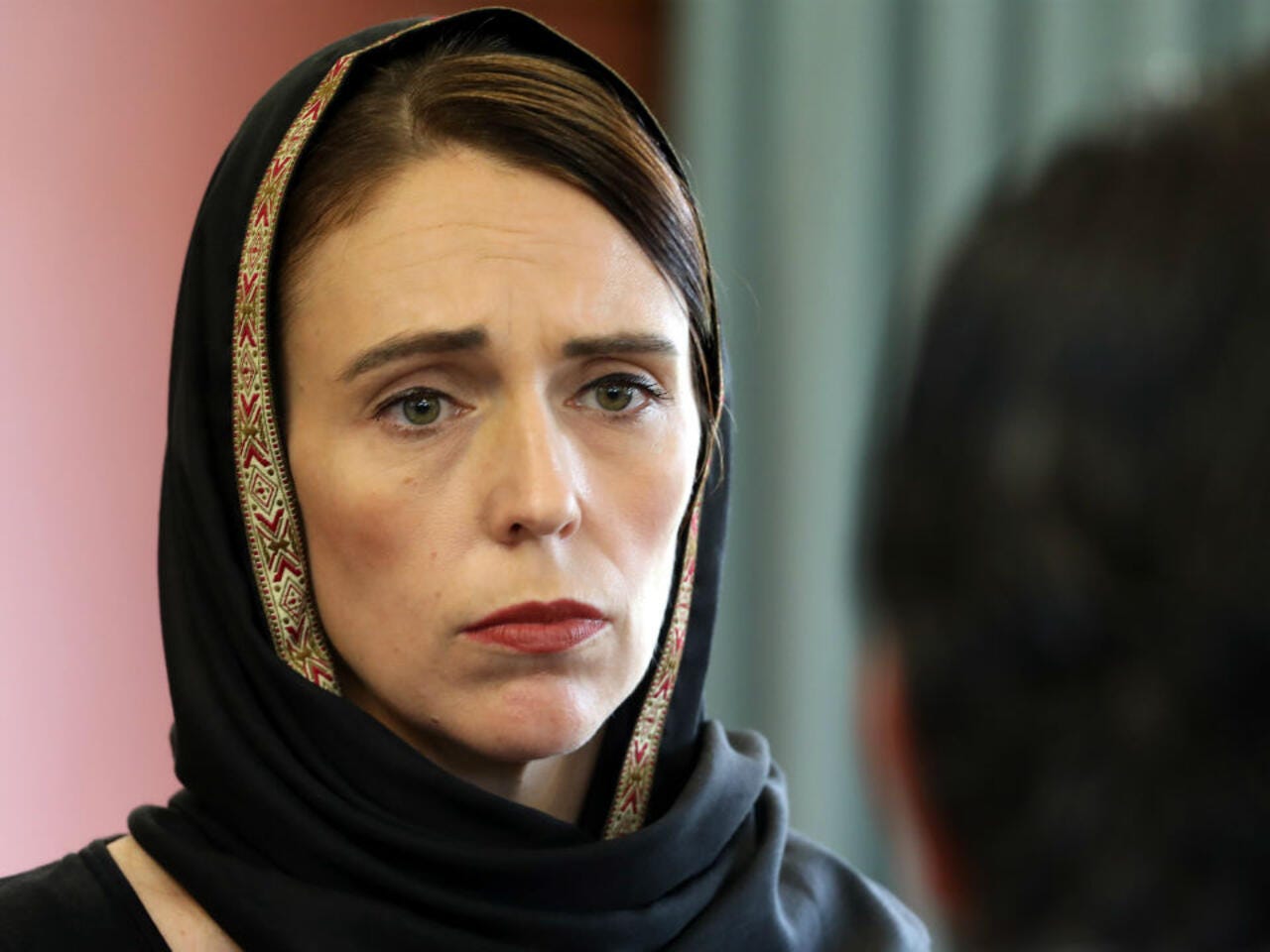How to show up in a crisis
"Leaders are dealers in hope." -Napoleon Bonaparte
As we continue to recognize public service leaders this month, we are reflecting on some of the demands that set them apart from others. We often talk about leaders as people who will do the right thing while no one is watching. This is absolutely true. And public service leaders carry a burden beyond this–to do the right thing when everyone is watching, critiquing and criticizing.
Part of leading a cause larger than yourself means immersing yourself in the communities you lead. It demands an empathy that transcends familiar connections. Particularly in times of tragedy and crisis, an authentic public service leader can serve as a symbolic beacon of hope. When Andrew worked with Pete Buttigieg last year, the DOT Secretary talked about the symbolic power of showing up as a leader. He shared the example of when a plane crashed into a home in South Bend, Indiana in 2013 while he was mayor. The best thing he could do was show up. He was not an emergency responder, he was not a grief counselor–he was a public service leader and knew the value of being alongside a community in crisis.
There are many examples of public service leaders who show up and run toward the conflict and the crisis rather than away from it. We’ll share these occasionally as a way for you to reflect on your own approach. For this week, we’ll focus on former New Zealand Prime Minister Jacinda Ardern. A leader who modeled the way in a time of crisis.
Jacinda Ardern’s response to the horrific shooting in two Christchurch mosques in 2019 stood out as she refused to share the perpetrator’s identity, visited victims where they were and in the hospital, honored the Muslim culture, and became more like a sister than a political figure to the victims’ families.
"Martin Luther King said genuine leaders did not search for consensus but moulded it," Suzanne Moore wrote in the British paper The Guardian: "Ardern has moulded a different consensus, demonstrating action, care, unity. Terrorism sees difference and wants to annihilate it. Ardern sees difference and wants to respect it, embrace it and connect with it."
The Washington Post's Ishaan Tharoor wrote that "Ardern has become the face of her nation's sorrow and grief, and its resolve." Annabel Crabb wrote on the ABC Australia website that "having been confronted with the worst news a leader can receive... Ms Ardern has yet to put a foot wrong." Grace Back put it simply in Marie Claire Australia: "This is what a leader looks like."
How can you show up for the people you lead? Are you aware of when they are “in crisis,” whether personally or professionally? What does it look like to be a dealer in hope for you?
With hope,
Ariel and Andrew





